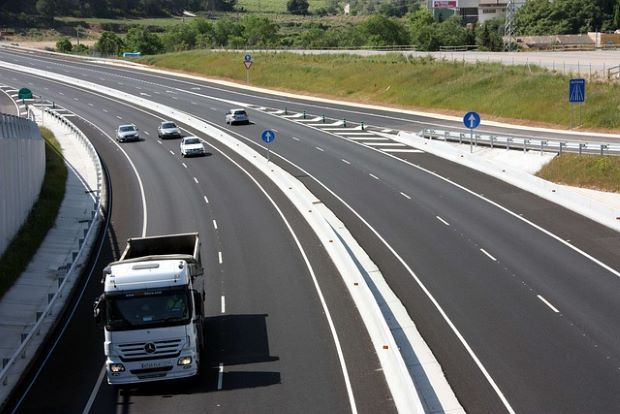 August 30, 2023 - By: Viktoriia Mikhalchuk
August 30, 2023 - By: Viktoriia Mikhalchuk
Confusion with tachographs continues. Which countries introduced a grace period?
Starting from August this year, intelligent tachographs of the second generation (G2v2) must be installed on newly registered trucks, according to EU regulations.
However, there are not enough devices, so some EU member states have decided to introduce a grace period and refrain from fining carriers.
On August 21 of this year, the provisions of the “Mobility Package” came into force, which makes it mandatory to install a “smart” tachograph of the second generation on newly registered trucks.
Brussels did not agree to postpone this deadline, although it was known at the beginning of the year that the OSMNA safety signal, which was supposed to be provided by the European Space Agency (EUSPA), would not arrive in time. However, the European Commission has said that this will not affect the operation of new devices, and that once an authentication signal is available from EUSPA, all that is required is an update to G2v2.
Trouble registering 40,000 vehicles?
Delays in the supply of new tachographs could prevent the registration of 20,000 to 40,000 vehicles by the end of 2023
“This blockade is unacceptable. It means delays in receiving new vehicles, which can significantly affect the planning of the work of carriers, and therefore the possibility of transporting passengers and cargo in the EU,” added the representative of the IRU.
The International Road Transport Union warns that an even bigger crisis is on the horizon. This is due to the fact that gradually pre-registered vehicles will be required to install G2v2. The deadlines are relatively close and range between late 2024 and August 2025, depending on the vehicle.
Appeal to the European Commission
In this regard, in mid-August the IRU sent a letter to Adina Valean, the EU Commissioner for Transport, in which the organization calls on the EC to recommend the introduction of a grace period until the end of 2023.
During the grace period requested by the organization, new vehicles equipped with the previous version of the SMT1 tachograph must be temporarily registered together with vehicles equipped with SMT2, provided that they are retrofitted with SMT2 equipment before the end of the grace period.
In addition, in the IRU’s view, enforcement agencies should not impose fines on transport companies for operating vehicles registered from today with SMT1 equipment during the grace period.
Grace period only in some countries
Despite this alarming situation and requests from the industry, the European Commission has decided not to provide any agreed solution at European level. It left the problem in the hands of member governments.
Several EU countries, in particular Germany, Spain and Sweden, unilaterally decided on grace periods.
Leave a comment